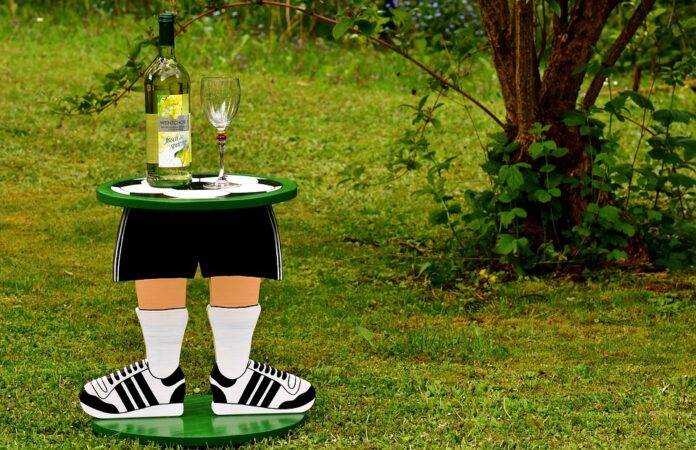Introduction
Sports drinks have become increasingly popular among athletes and fitness enthusiasts for their ability to provide hydration and replenish electrolytes lost during physical activity. In recent years, there has been a significant shift towards low sugar and zero-calorie sports drinks in response to consumer demand for healthier alternatives. This report will explore the reasons why low sugar and zero-calorie sports drinks are trending fast, backed by factual information, industry insights, and financial data.
Increasing Health Consciousness
Consumer Demand for Healthier Options
One of the primary reasons for the rise in popularity of low sugar and zero-calorie sports drinks is the increasing health consciousness among consumers. With rising concerns about obesity, diabetes, and other health issues related to excessive sugar consumption, individuals are actively seeking healthier alternatives to traditional sports drinks that are high in sugar and calories.
Focus on Natural Ingredients
Consumers are also becoming more mindful of the ingredients in the products they consume, leading to a preference for sports drinks that are made with natural ingredients and free from artificial additives. Low sugar and zero-calorie sports drinks often boast clean ingredient lists, which appeal to health-conscious consumers looking to fuel their bodies with quality nutrition.
Industry Insights
Competitive Landscape
In the sports drinks market, major players such as Gatorade and Powerade have traditionally dominated the industry with their high sugar and calorie formulations. However, as consumer preferences shift towards healthier options, newer brands like BodyArmor and Propel have emerged with low sugar and zero-calorie offerings to cater to this growing demand.
Market Trends
According to market research firm Statista, the global sports drinks market is projected to reach $32.4 billion by 2025, with a compound annual growth rate of 4.5%. This growth is driven in part by the increasing popularity of low sugar and zero-calorie sports drinks, which are expected to capture a larger share of the market in the coming years.
Financial Data
Revenue Growth
Companies that have introduced low sugar and zero-calorie sports drinks into their product lines have seen significant revenue growth as a result. For example, BodyArmor reported a 70% increase in sales in 2020, driven by the success of its low sugar sports drinks. This demonstrates the strong demand for healthier sports drink options among consumers.
Investment Opportunities
Investors are also taking notice of the trend towards low sugar and zero-calorie sports drinks, with many seeing it as a lucrative investment opportunity. In 2021, PepsiCo acquired a majority stake in BodyArmor for $3.2 billion, highlighting the potential for growth in the healthier sports drinks segment of the market.
Conclusion
In conclusion, the trend towards low sugar and zero-calorie sports drinks is driven by increasing health consciousness among consumers, a focus on natural ingredients, and a shift towards healthier alternatives in the sports drinks market. Companies that offer these products are experiencing substantial revenue growth, while investors are recognizing the potential for investment opportunities in this growing segment of the market. As the demand for healthier sports drink options continues to rise, we can expect to see further innovation and growth in the low sugar and zero-calorie sports drinks market in the years to come.




